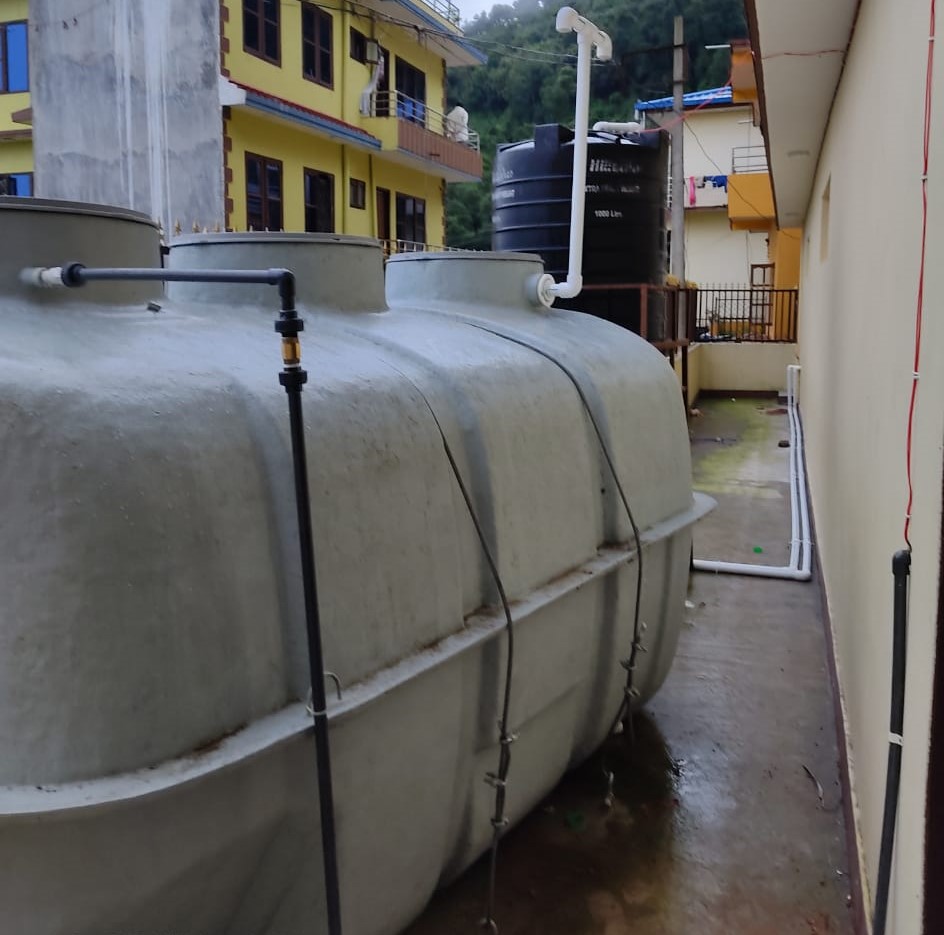- August 01, 2022
What is Sewage Treatment Plant and How it Works?
What is STP?
Estimates vary, but an average each person uses approximately 100-150 Liters of fresh water per day, for indoor house applications such as cooking, Body cleansing, cleaning of clothes & kitchen utensils, toilet flushing etc. But What Happens to this dirty water when it leaves from our area of applications?
This wastewater is drained through the pipeline systems and then enters the common sewerage system where it gets treated. We called this system as Sewage Treatment Plants aka STP.
So, a STP is designed for treating wastewater which generates from Houses, commercial buildings, colony, apartments, or Industrial units. Sometimes this wastewater fed together with rainwater that accumulate on sealed surfaces such as streets or roofs.
How it works?
Essentially, a sewage treatment plant operates by circulating air to encourage the growth of bacteria to break down sewage. The goal being to deliver much cleaner, more environmentally friendly effluent.
Years ago, when sewage was dumped into waterways, a natural process of purification began. First, the sheer volume of clean water in the stream diluted wastes. Bacteria and other small organisms in the water consumed the sewage and other organic matter, turning it into new bacterial cells, carbon dioxide and other products. Today’s higher populations and greater volume of domestic and industrial wastewater require that communities give nature a helping hand. The basic function of wastewater treatment is to speed up the natural processes by which water is purified.






